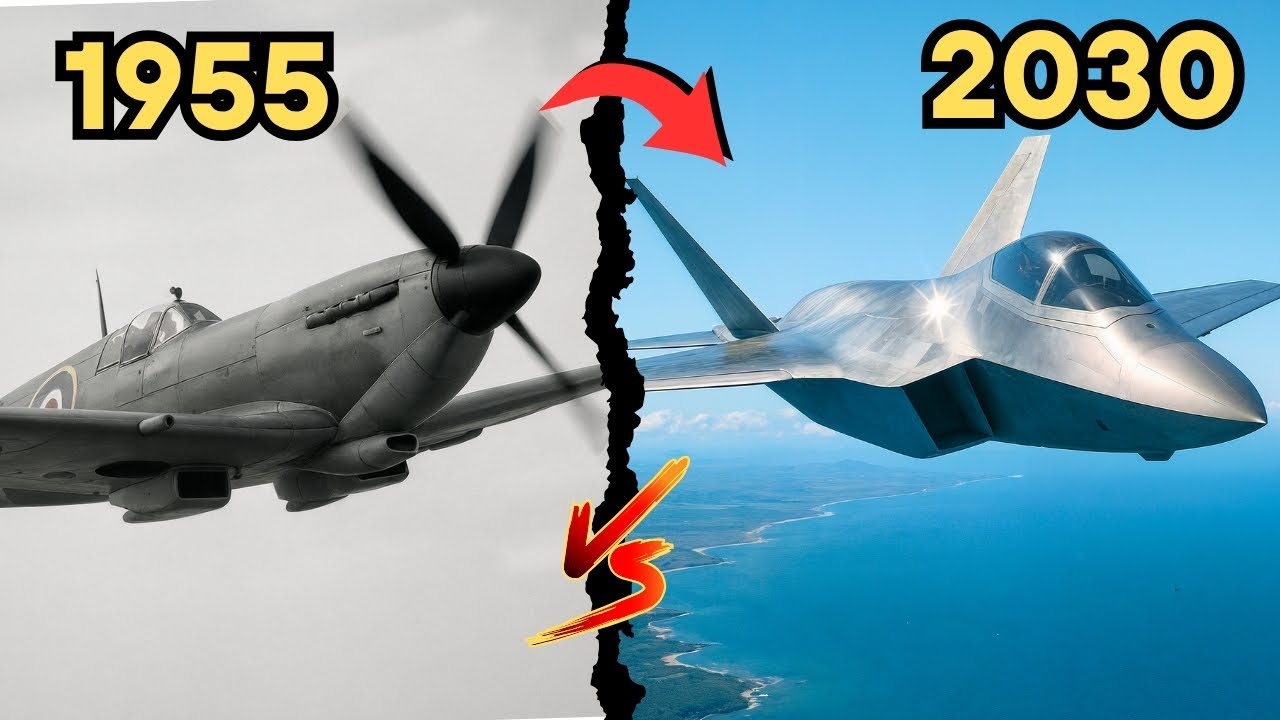The evolution of tiltrotor aircraft in the United States is a tale of persistence, experimentation, and game-changing innovation. Blending the vertical lift of helicopters with the speed and range of fixed-wing aircraft, tiltrotors represent a bold reimagining of flight. From the pioneering Bell XV-3 in the 1950s to the advanced V-280 Valor of today, these aircraft are reshaping the future of military mobility.

It all began with the Bell XV-3, first flown in 1955. Though experimental and mechanically unstable, it was the first aircraft to successfully demonstrate tilting rotors in flight. The XV-3 paved the way for the XV-15 in the 1970s, a more stable and capable prototype that proved the tiltrotor concept was viable for real-world missions. These early aircraft laid the groundwork for something bigger.
That “something” became the Bell Boeing V-22 Osprey, the world’s first production tiltrotor. Introduced in the early 2000s after a challenging development process, the V-22 combined helicopter-like vertical takeoff and landing with airplane-like cruising speed and altitude. It became a crucial asset for the U.S. Marine Corps and Air Force, enabling rapid troop transport, medevac, and special operations missions across the globe.
As operational needs evolved, so did tiltrotor ambitions. Enter the V-280 Valor, Bell’s entry into the U.S. Army’s Future Long-Range Assault Aircraft (FLRAA) program. Compared to the V-22, the V-280 is faster, lighter, and digitally optimized with advanced fly-by-wire systems and improved reliability. Its tiltrotor configuration is sleeker and more battlefield-ready, with better agility and maintainability in mind.
From the experimental vibrations of the XV-3 to the battlefield-ready speed of the V-280, the U.S. tiltrotor journey spans 70 years of relentless engineering progress. As the V-280 prepares to replace aging Black Hawks and redefine vertical lift for future combat, tiltrotors stand as one of the most transformative innovations in military aviation history.
